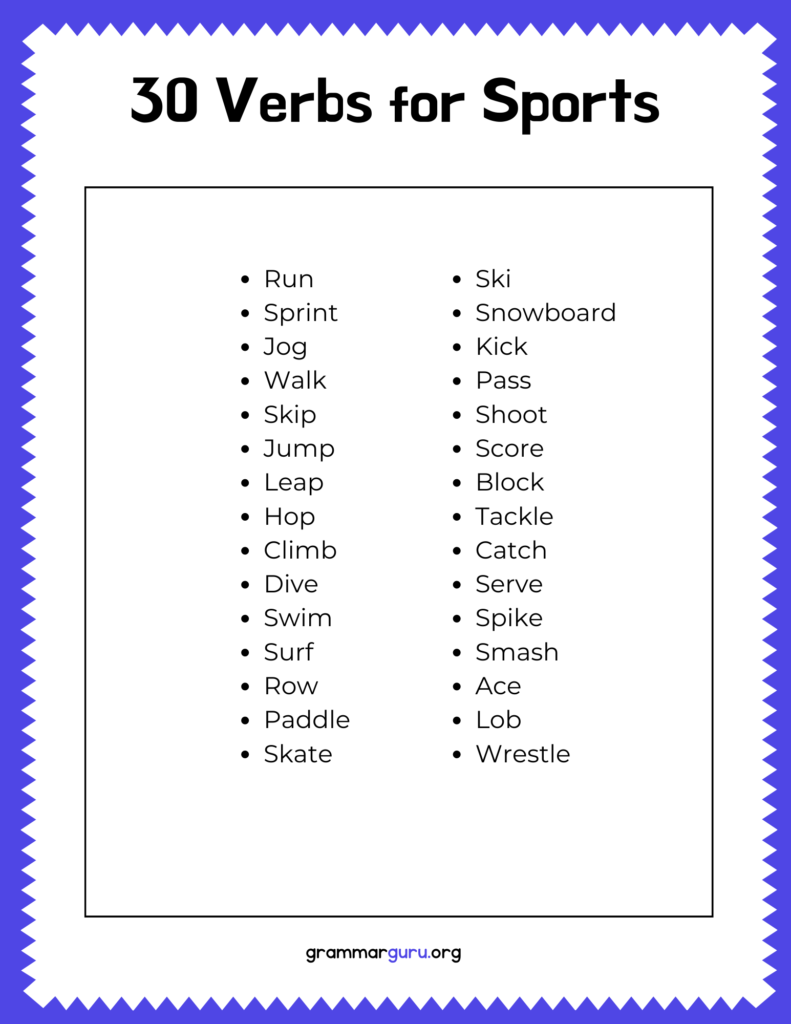Verbs are words that describe an action, occurrence or state of being. They are often called “doing words” because they indicate an action or process that is taking place or being done.
For example, in the sentence “I eat breakfast every morning,” the verb is “eat,” which describes the action of consuming food. In the sentence, “The sun is shining brightly in the sky today.”, the verb “is shining” describes the state of being of the subject “sun” in the present moment.)
In another example “She runs every morning to stay in shape”, the verb “runs” describes the action that the subject “she” is performing.
Verbs can also show tense, which means they indicate whether the action or state is happening in the present, past or future. For example, “I am eating breakfast” uses the present tense, while “I ate breakfast this morning” uses the past tense.
Let us look at 10 of the most common verbs used in everyday life:
- Be – (as in “I am,” “he is,” “they are”)
- Have – (as in “I have,” “she has,” “they have”)
- Do – (as in “I do,” “he does,” “we do”)
- Say – (as in “I say,” “she says,” “we say”)
- Go – (as in “I go,” “he goes,” “they go”)
- Get – (as in “I get,” “she gets,” “we get”)
- Make – (as in “I make,” “he makes,” “they make”)
- Take – (as in “I take,” “she takes,” “we take”)
- See – (as in “I see,” “he sees,” “they see”)
- Come – (as in “I come,” “she comes,” “we come”)
30 Verbs for Your Classroom
A verb is a part of speech that describes an action, occurrence, or state of being. In the examples below, each verb describes an action that a person or thing can perform.

30 Verbs for Sports

